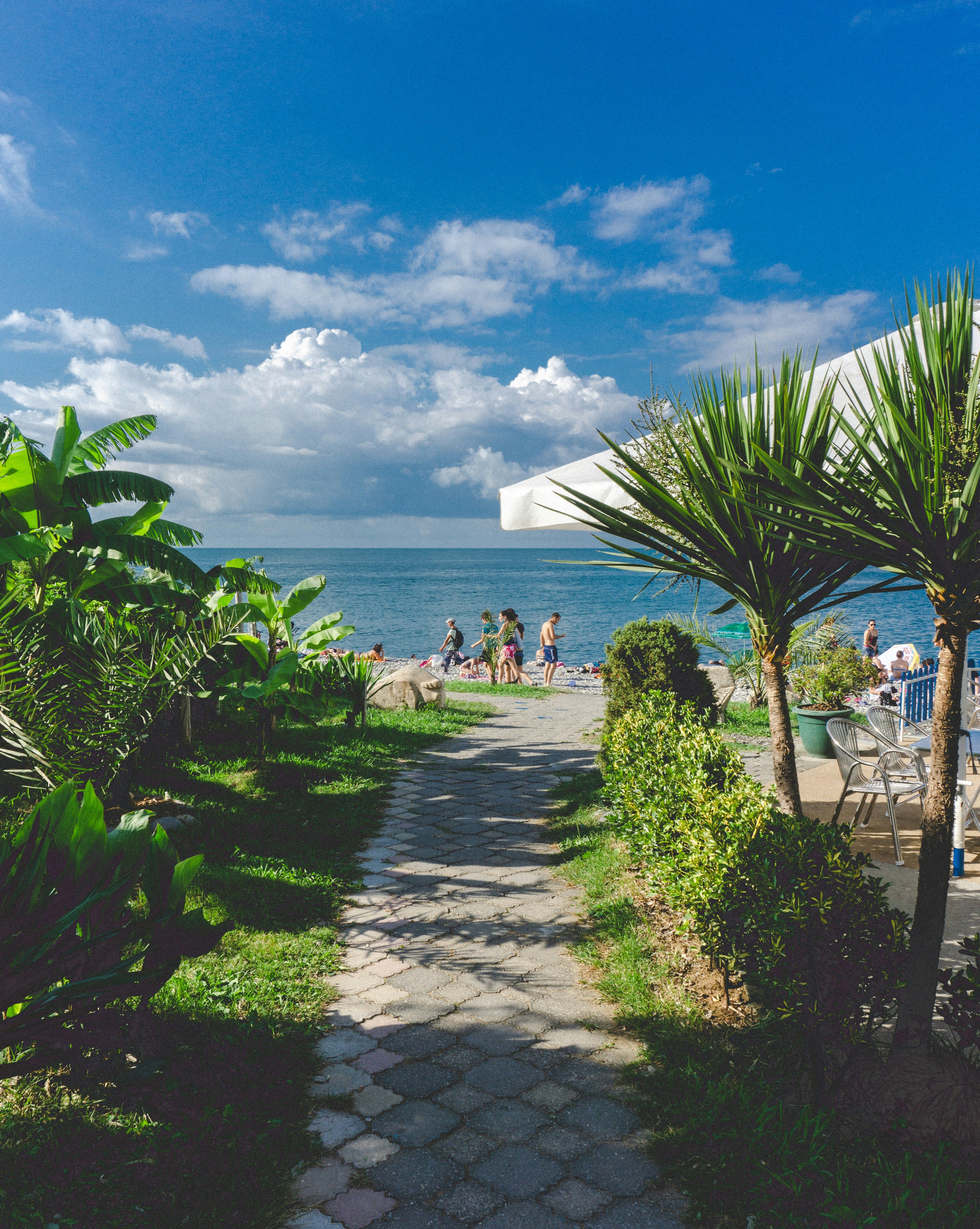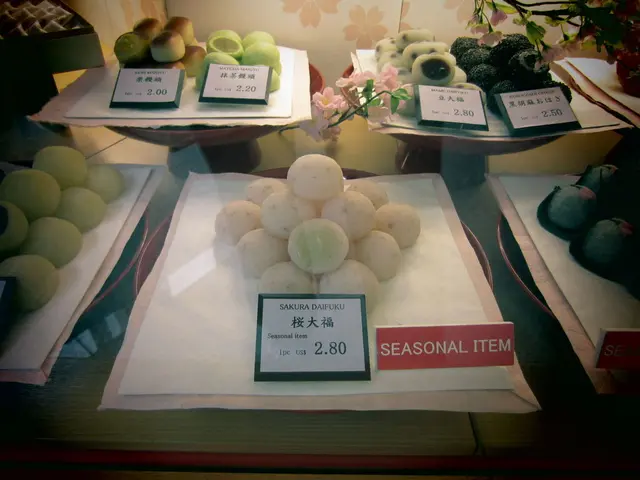Is it essential for the kitchen faucet to align with the rest of the kitchen's design? Different design professionals have contrasting opinions on this matter.
Choosing a kitchen tap (faucet) can significantly impact the overall aesthetic of a kitchen, with varying opinions on whether it should match the rest of the decor or stand in stark contrast. Some experts favor a harmonious look, coordinating the faucet with other hardware for a cohesive and timeless effect. Others regard a contrasting tap as an opportunity to introduce visual interest and personality to the space.
Designer Mike Whitfield, of the luxury interiors brand LUSSO, notes that a faucet is a prominent feature, serving as a focal point in the kitchen. To complement other decor choices, it is essential to select a tap that matches the overall theme of the kitchen and other fixtures or fittings. For example, a traditional tap would seem out of place in a modernist kitchen. While mixing different metals and finishes can enhance depth and visual interest, it is important to maintain a single dominant style and steer clear of clashing metallic finishes, such as pairing brushed gold with polished brass or gold.
Conversely, designers Megan MacKay from Joseph Giles and Valerie Helgeson, founder of Design Directions, endorse the idea of matching taps with other plumbing fixtures and cabinet hardware for a harmonious and intentional look. However, they caution that an exact match may not always be feasible, and a purposeful contrast can sometimes be more effective than selecting a finish that is merely close to the desired tone.
Judi Cooper, principal interior designer at Kitchens Inside Out, champions the idea of a contrasting tap, viewing it as a chance to introduce personality into the kitchen design. Jenna Schnabel Wedemeyer, principal of Schnabel Interiors, encourages mixing metals and finishes to inject layers and personality into the kitchen. Krystal Reinhard, founder of Old Soul Design Studio, also advocates for contrast to avoid a 'big box' feel and the resulting flatness that comes with matching everything identically.
When selecting a kitchen tap, consider the overall style of your kitchen, the colors and finishes used elsewhere, the required aesthetic (whether subdued or bold), functionality (practicality and ease of maintenance), and potential future updates. Ultimately, the choice between coordinating the tap or employing contrast depends on personal taste, chosen design style, and practical requirements.
- In the realm of interior design, a contrasting kitchen tap can be an opportunity to infuse personality and visual interest into the space.
- The luxury interiors brand LUSSO suggests that for a harmonious and timeless aesthetic, it's crucial to choose a tap that aligns with the overall theme of the kitchen and other fixtures or fittings.
- Mixing different metals and finishes can add depth and visual richness to the kitchen's design, but it's important to ensure a single dominant style to avoid clashing.
- Designers Megan MacKay from Joseph Giles and Valerie Helgeson advocate for matching taps with other plumbing fixtures and cabinet hardware for a cohesive look, but acknowledge that having an exact match may not always be practical.
- Judi Cooper, principal interior designer at Kitchens Inside Out, believes that a contrasting tap can be a chance to inject personality into the kitchen design.
- Jenna Schnabel Wedemeyer, principal of Schnabel Interiors, encourages mixing metals and finishes to create layers and personalize the kitchen's style.
- Krystal Reinhard, founder of Old Soul Design Studio, supports a contrasting tap to avoid a 'big box' feel and the resulting monotony that comes with identifying everything identically.
- When choosing a kitchen tap, factors such as the overall style of the kitchen, the colors and finishes used, functionality, practicality, and ease of maintenance, and potential future updates should all be taken into account.
- The decision between coordinating the tap with the rest of the decor or introducing contrast depends on personal taste, chosen design style, and practical requirements - it's all part of your individual lifestyle, from fashion-and-beauty to food-and-drink, home-and-garden, relationships, pets, travel, cars, and shopping.








